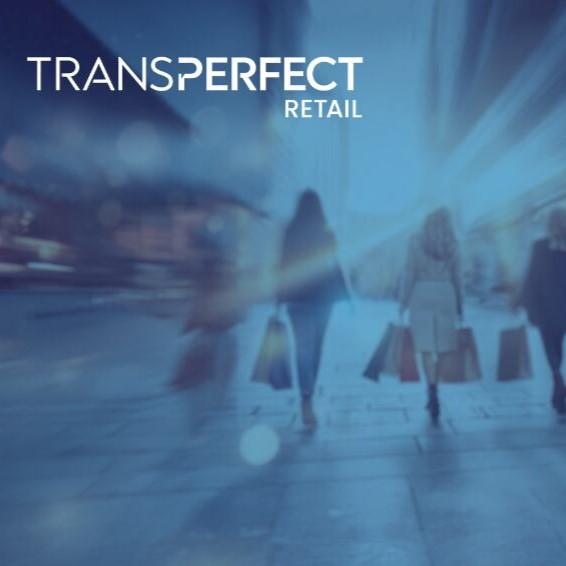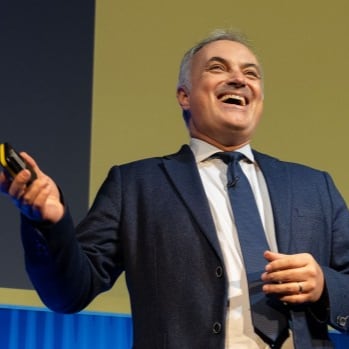The New Era of Machine Translation for Retailers


As machine translation (MT) becomes more and more sophisticated, retailers are finding ways to reap the rewards in speed, accuracy, and cost savings. During a webinar, TransPerfect’s Laura Madden, Vice President of Retail Solutions, and Ty Trainer, Machine Translation Implementation Manager, talked about use cases, best practices, and what’s on the horizon for retailers leveraging MT.
MT for Creative Content: From “No Way” to “Start Today”
Retail clients often need translation for creative and customer-facing content. However, they don’t typically think of machine translation as a viable option.
The fact is MT has grown by leaps and bounds during the last 20 years. The prevailing model today, neutral machine translation (NMT), is based on deep learning. It’s more accurate, can be used for more languages, and often requires less human intervention.
Rather than debate whether you can use MT for creative content, it’s useful to ask:
- How literal does the translation need to be?
- How much will it diverge from what’s written in the source language?
- How much will the messaging need to be adapted for the target audience?
For creative and other high-priority, public-facing content, MT with human post-editing is a great option that can make the process more efficient. We have clients who have successfully used us for creative content MT in 50+ languages!
Common MT Use Cases for Retail and Consumer Packaged Goods (CPG)
- Regional localization (e.g., American company launching in the UK): MT with human post-edit
- Product descriptions: MT with human post-edit
- Product/tech specs: MT with human post-edit
- Care label content: MT with optional human post-edit
- Survey and market research: MT with optional human post-edit
- Internal emails: MT only
- User-generated content (blogs, social feeds, comments, product reviews, articles): MT only
How to Know if MT Is Worth the Investment
Customers want to know how they can gauge the quality of their translations—and whether their investment in MT is paying off.
There is no universal answer to “What represents good quality?” for machine translation. It depends on the use case and language; some languages are more suitable for MT than others. For example, the translation quality of English to French may differ from English to Turkish.
That being said, post-edit distance (PED) gives an idea of how well MT is doing its job. PED measures the number of changes that need to be made to machine translation to get it to full human-level quality. The lower the percentage, the stronger the MT output.
For most languages, a PED in the range of 15–30% will bring some benefits in cost savings and turnaround time.
Five Takeaways for Retailers
Use caution with Google Translate: Think about risks before putting content into Google Translate and other publicly available providers. Look at their terms and conditions. With Google, any data you add becomes the IP of Google. This is not ideal for legal, HR, and other sensitive content.
Search ranking is not in jeopardy: Many believe that using MT for a customer-facing website will hurt their Google search ranking. There is the potential if you use raw MT. This is why we recommend some human post-editing for high-visibility content that may appear in search so that you are not penalized.
Get the gist: Use MT for “gisting” large files. This gives you a preliminary idea of what you are dealing with before you decide on next steps.
Take care of care labels: This is a great use case for apparel companies. Much of the content in our retail-specific engines at TransPerfect is care-label content.
Support your customers: Think chats and emails in other languages. MT plus an application programming interface (API) provides an instant gisting of what customers are asking.
What’s on the Horizon?
Retailers are beginning to use large language models (LLMs) to generate product descriptions. Instead of writing these manually or using a semi-automated tool, this is basically an MT engine that can create the descriptions.
Additionally, technology is allowing us to translate at the document level, whereas in the past, MT was always handled on the sentence or segment level. This takes the context of the translation into account more. We’re also looking at things like improved quality estimation for accurate scoring. This is a score provided by the MT engine that gives you an idea of how good the translation is going to be, helping you determine if it should go to a human for post-editing.
Finally, we’re finding ways where we can effectively customize our MT engines using less data. This is a win for efficiency.
The Benefits of a Tailored MT Solution
There are many players in the machine translation market, from major names to smaller, niche companies. You can opt for a plug-and-play solution or a more custom approach.
At TransPerfect, we take a consultative approach to machine translation, looking at the areas where it can add value for our clients. That’s different from buying an API license, plugging it in, throwing MT at it, and seeing if it sticks. That will work for some use cases, but we have more flexibility with our MT. We don’t automatically grab an MT engine off the shelf and use it—though we can do that, and we do it every day. But we test the quality of those engines against our own, and we select the best one for a particular use case.
We’ve created retail-specific engines for 10 languages, with more being added. For customers who want to customize their engine, we look at the business goals and what customization is going to achieve. Using any translation memory, glossaries, and dictionaries a client has, we can teach an engine so that it learns the voice and style of the brand and can draw from previous translations. This is where the magic happens when it comes to time and cost savings.
For additional insights, click to view the webinar.



